Have you ever attended a Jewish wedding and wondered about the significance of the rituals? Let’s explore the heart and soul of Jewish wedding traditions.
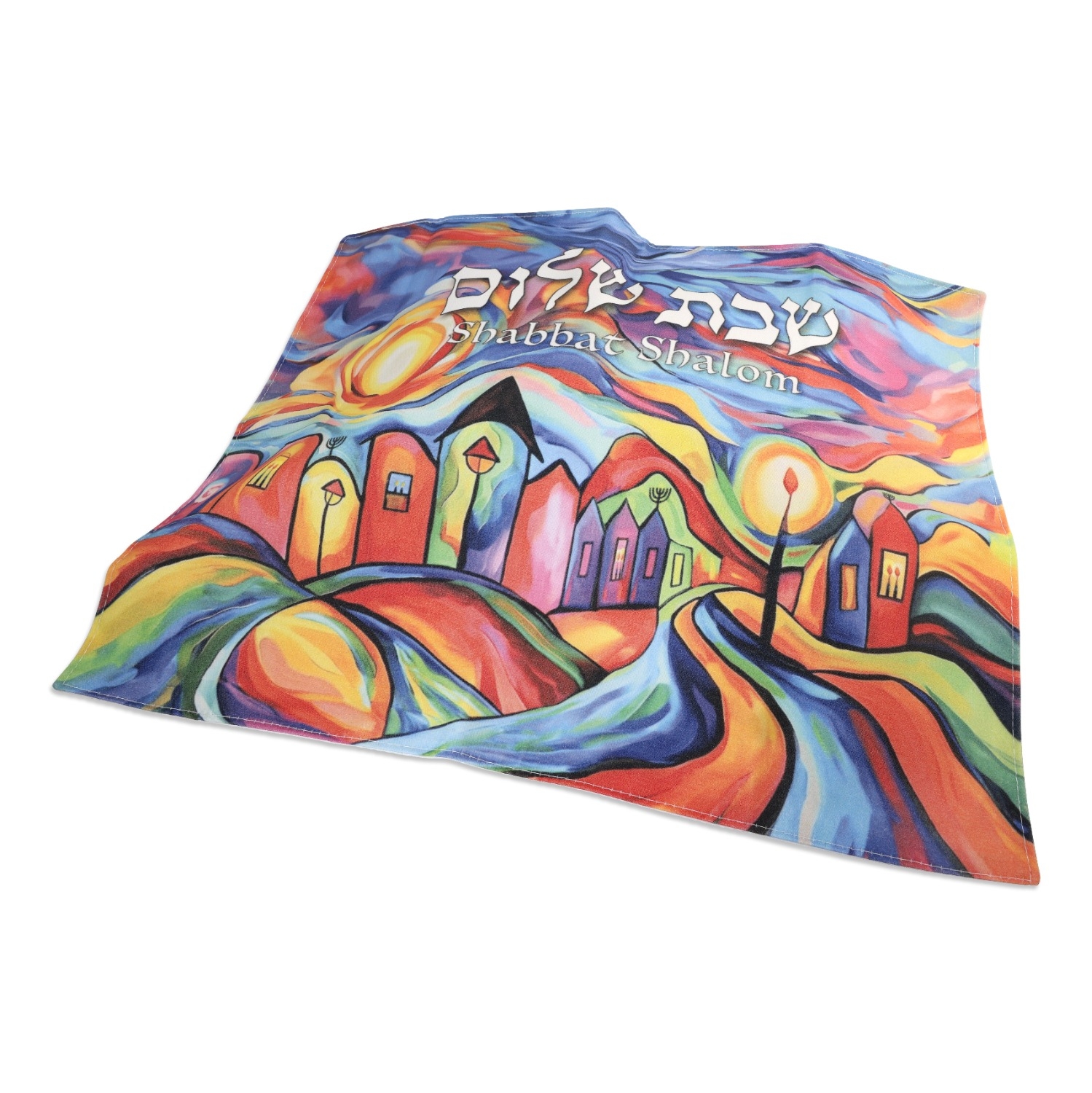
The Significance of the Ketubah (כתובה – Marriage Contract)
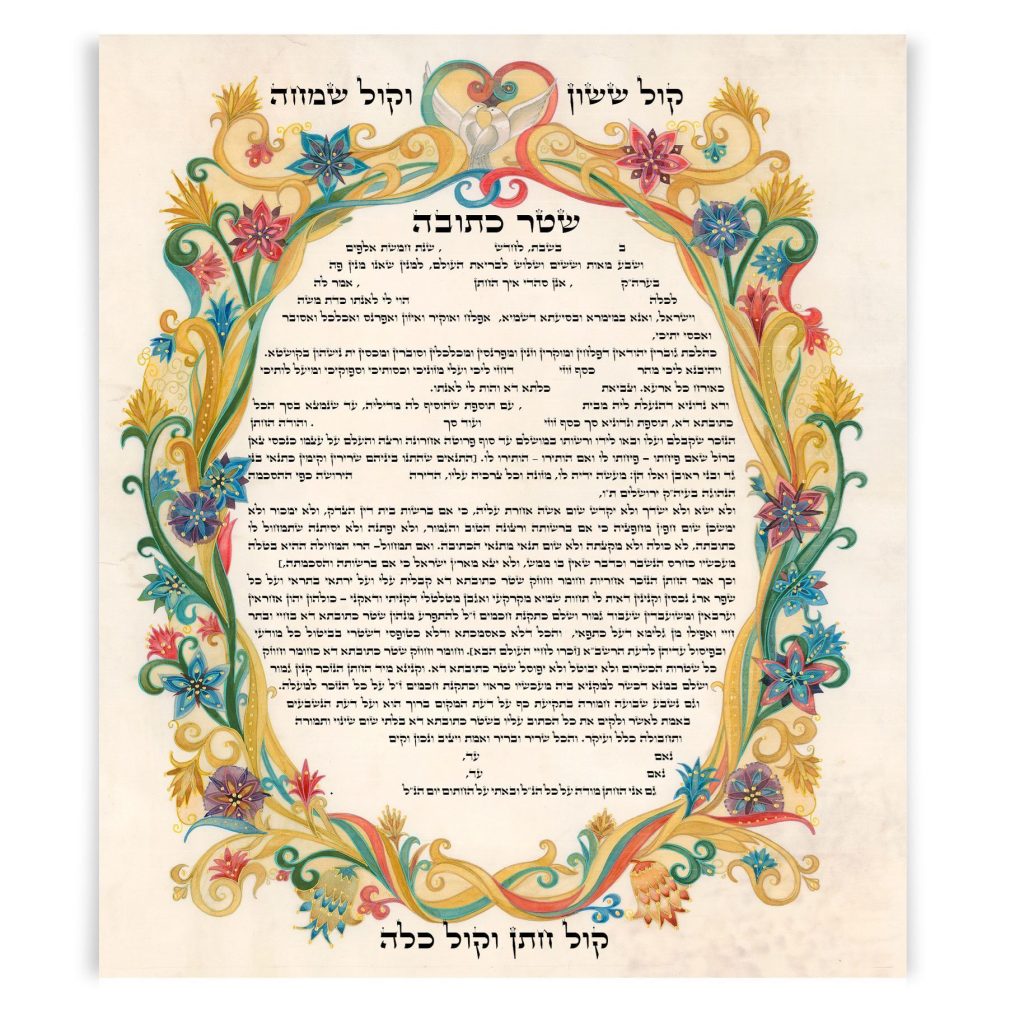
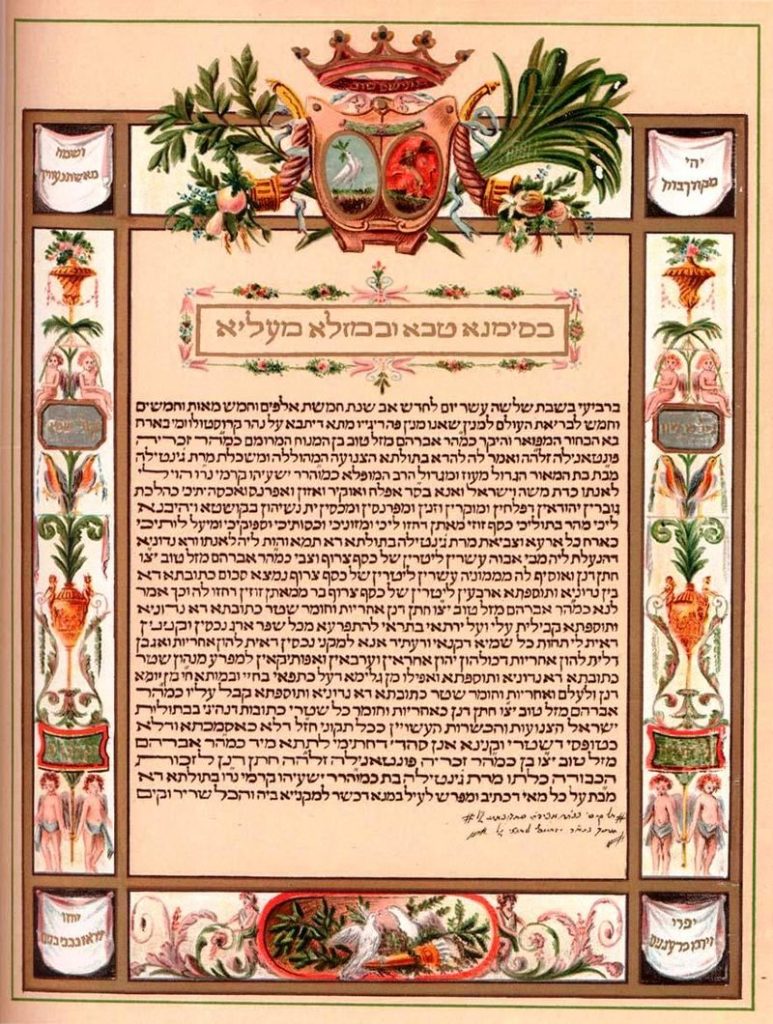
The ketubah is a written marriage contract that outlines the responsibilities of the groom to his bride. Dating back to ancient times, this document ensures the bride’s well-being and financial security. It’s often decorated with beautiful designs and becomes a special keepsake for the couple.
The Bedeken (Veiling Ceremony)
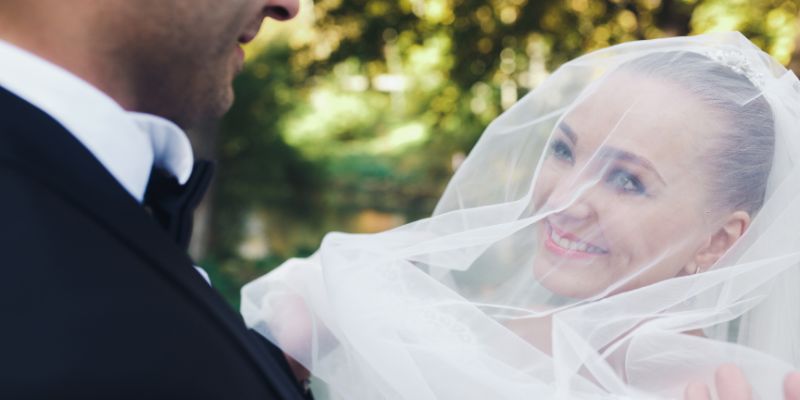
The bedeken (From the Yiddish word -to cover) is a pre-wedding ritual where the groom veils the bride’s face, typically with a lightweight veil, in the presence of family and friends. This tradition takes place shortly before the wedding ceremony under the chuppah.
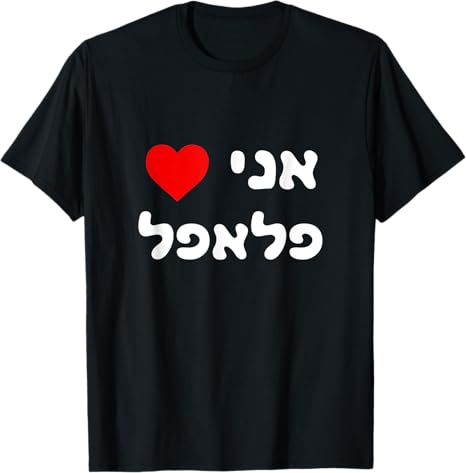
The Chuppah (חופה – Wedding Canopy)
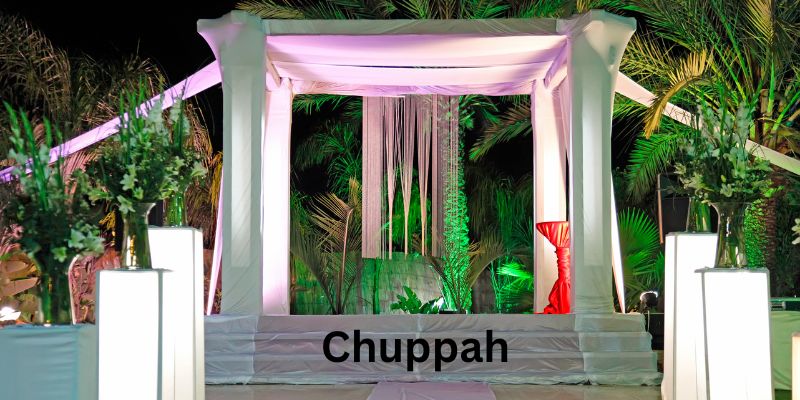
The chuppah (חופה) is an essential element of a Jewish wedding, symbolizing the home the couple will build together. While its design can vary based on tradition, style, and personal preferences, there are a few key requirements and considerations:
Basic Requirements for a Chuppah
Placement
The chuppah is usually set up outdoors or under the sky when possible, as this reflects the blessing given to Abraham that his descendants would be as numerous as the stars. However, indoor chuppahs are also common and accepted.
Four Poles
A chuppah must be supported by four poles. These can be freestanding or held by people (often close friends or family members) during the ceremony.
Canopy Covering
The canopy itself should be a fabric or cloth. It can be a simple piece of fabric, such as a tallit (prayer shawl), or something more elaborate like a custom-made or decorated cloth.
Open on All Sides
The chuppah must be open on all four sides, symbolizing hospitality and the openness of the couple’s new home to family and friends.
Circling
At the start of the ceremony, the bride often circles the groom seven times counterclockwise. This act, represents the creation of a protective spiritual space and the binding of their lives together. Although it’s a custom mostly in Ashkenzi communities.
The Betrothal ( Kiddushin – קידושין)
The betrothal is the first stage of the Jewish wedding ceremony and it literally means sanctification. It signifies the legal and spiritual bond between the bride and groom, establishing them as husband and wife according to Jewish law. After the Kiddushin, the wedding transitions into the second stage Nisuin, which includes the Sheva Brachot (Seven Blessings) and other rituals. Together, these stages complete the union of the couple in Jewish law and tradition.
Exchanging Rings and Vows (החלפת טבעות ונדרים)
The groom places a plain gold band on the bride’s right index finger, declaring, “Harei at mekudeshet li b’taba’at zo k’dat Moshe v’Yisrael” (הרי את מקודשת לי בטבעת זו כדת משה וישראל)—”Behold, you are consecrated to me with this ring according to the laws of Moses and Israel.”
The Seven Blessings (Sheva Brachot – שבע ברכות)
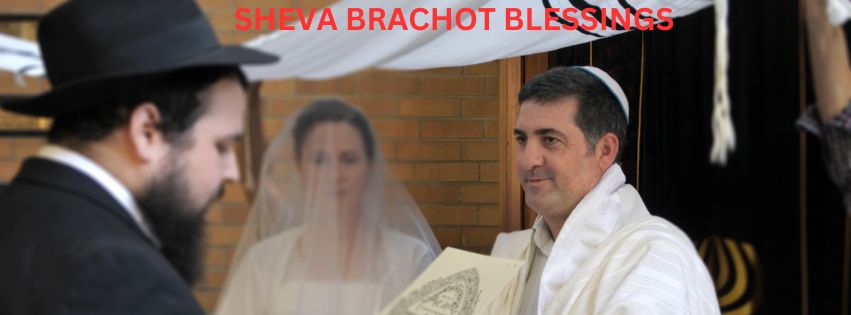
The Sheva Brachot are seven blessings traditionally recited during the wedding ceremony under the chuppah and at celebratory meals (seudot mitzvah) following the wedding. These blessings are typically recited over a cup of wine and involve themes of love, joy, and the creation of the world.
Breaking the Glass: (שבירת הכוס)
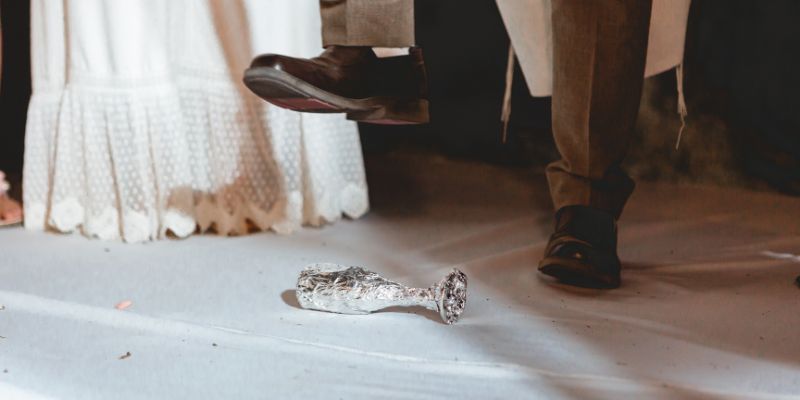
The ceremony ends with the groom stepping on a glass wrapped in cloth. This iconic moment symbolizes the destruction of the Temple in Jerusalem and reminds the couple of life’s fragility, even in times of great joy.
Right before breaking the glass the groom recites the famous phrase originates from Psalm 137:5-6, which expresses the longing of the Jewish people for Jerusalem during their exile in Babylon. The full passage is:
אם אשכחך ירושלים תשכח ימיני. תדבק לשוני לחכי אם לא אזכרכי, אם לא אעלה את ירושלים על ראש שמחתי.
Im eshkachech Yerushalayim, tishkach yemini. Tidbak leshoni lechiki im lo ezkarechi, im lo a’aleh et Yerushalayim al rosh simchati.
“If I forget you, O Jerusalem, let my right hand forget its skill. Let my tongue stick to the roof of my mouth if I do not remember you, if I do not set Jerusalem above my greatest joy.”
The crowd shouts, “Mazel Tov! (מזל טוב!)”, signaling the start of celebrations.
What Happens in the Yichud Room? (ייחוד)
After the wedding ceremony under the chuppah, the bride and groom are escorted to a private room, known as the yichud room. They remain alone for a short period, typically around 10–15 minutes. During this time, they may:
- Simply enjoy a quiet, intimate moment away from the guests.
- Share their first private meal or a snack together, often breaking their fast if they’ve been fasting as part of wedding customs.
- Reflect on the ceremony and the new chapter in their lives.
- In religious communities it is the first time they have some kind of physical contact.
The word yichud (ייחוד) means “seclusion” or “union.” This moment signifies the couple’s transition from being individuals to a unified married pair.
Modern Adaptations of Jewish Wedding Rituals
Today, many couples personalize their weddings, blending tradition with modern touches. For example, some include egalitarian rituals where both partners recite vows or exchange rings, reflecting shared roles in their partnership. And aside from ultra orthodox communities it’s hard to find wedding ceremonies that stick to all the old traditions. But the basic customs like veiling the bride , reciting the Im eshkachech Yerushalayim blessing and breaking the glass of course are kept and cherished in any Jewish wedding. Have you ever attended a Jewish wedding? What did you think?
